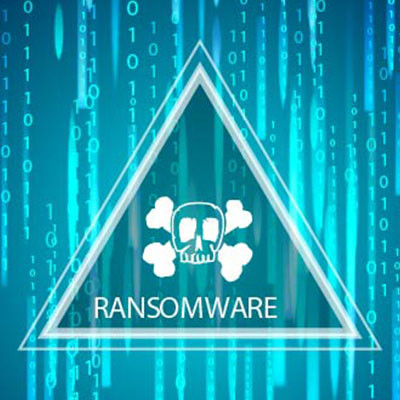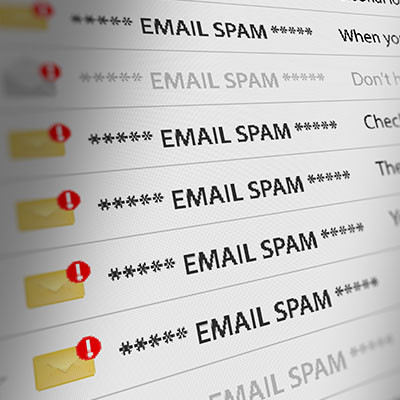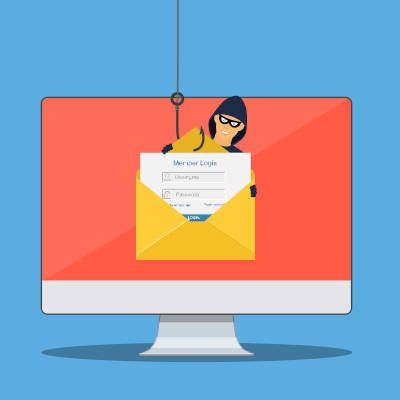Paradigm Tech Blog
The headlines hyping up ransomware as a dangerous threat are not exaggerating. It really is as bad as it seems, although there is often a fair amount of embellished information on what ransomware exactly is and what it does. Let’s take some time to review what ransomware is and how your business can handle it in an appropriate way.
Sometimes, I kind of miss the oh-too-obvious spam emails that were once the norm. You know, the kind that were supposedly from some usurped royal who needed your assistance to reclaim their rightful place on the throne, or from some absurdly attractive individual who seemed to be coming on to you. Sure, at the time it was annoying, but compared to today’s spam…
Well, it was a simpler time.
Phishing is a serious matter, so serious that it is responsible for a quarter of all data breaches. Therefore, you need to consider it a threat to your business, whether you think these attacks are obvious or not. Phishing is a popular tool in the hacker’s arsenal, so you should be prepared to address it with your staff to preserve your business’ future.
Using email to trick users is something that hackers have done for ages, but they usually find themselves tucked away in the spam folder where they belong, or blocked entirely by enterprise-level content filters. Hackers, however, are a crafty lot, and they have discovered ways to break through these measures through the use of a surprising third party: social media websites.
We will never pass up the opportunity to draw attention to the importance of cybersecurity awareness, as it is a crucial element for any business to consider. One serious issue that has caused significant stress amongst businesses is phishing. Let’s consider some recent statistics to evaluate where we stand right now, specifically in terms of the prevalence of phishing attacks.
Phishing attacks are growing in number and it presents a major challenge for businesses. The many different forms that these attacks come in just exacerbates the problem. Today, we will take a brief look at phishing to help you educate your staff on what they entail and how to mitigate the massive risk that comes with them.







